There’s something undeniably captivating about watching colorful fish glide effortlessly through crystal-clear water in a home aquarium. Beyond their aesthetic appeal, freshwater fish bring a sense of tranquility and natural beauty to any living space. While saltwater species often get attention for their vibrant colors, freshwater aquariums offer an accessible entry point to the hobby with stunning specimens that require less complicated care. From the flowing fins of fancy goldfish to the electric hues of tropical varieties, freshwater fish present a diverse palette of colors, patterns, and personalities. This article explores some of the most visually striking freshwater fish that not only beautify your tank but also thrive in home aquarium environments with proper care.
Betta Fish (Betta splendens)
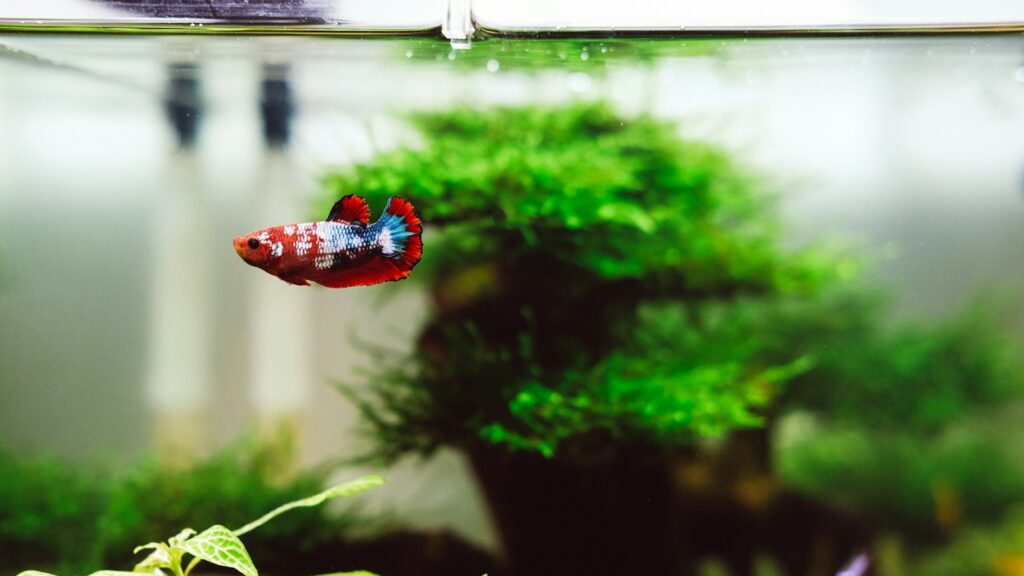
Often called Siamese fighting fish, bettas are perhaps the most recognizable beautiful freshwater species with their flowing fins and vibrant colors. Males display spectacular finnage that can be classified into various tail types including halfmoon, crown tail, and veiltail, each creating a different silhouette as they swim. Their color range is truly impressive, spanning deep blues, fiery reds, emerald greens, and even metallic copper tones, sometimes with marbled or ombré patterns that seem almost painted on. Bettas are relatively easy to care for, as they can breathe atmospheric air through their labyrinth organ, though they still require heated tanks of at least 5 gallons with gentle filtration for optimal health. Their interactive personalities make them responsive to their owners, often swimming to the front of the tank when approached and even recognizing the person who feeds them.
Discus (Symphysodon spp.)

Often called the “kings of the aquarium,” discus fish are prized for their striking disc-shaped bodies and intricate patterns that have captivated aquarists for generations. These South American cichlids feature a base coloration that ranges from vibrant reds and blues to subtle earth tones, often overlaid with intricate striping or spotting that creates a mesmerizing appearance as they move through the water. Their large, round bodies can reach 8-10 inches in diameter, making them an impressive centerpiece in larger community tanks when kept in small groups. While discus require more specialized care with stable water parameters, higher temperatures (82-86°F), and pristine water conditions, their beauty and graceful swimming behavior reward dedicated aquarists. Their social, intelligent nature adds another dimension to their appeal, as they form hierarchies and recognize their caretakers, sometimes even accepting hand feeding with sufficient trust.
Fancy Goldfish Varieties
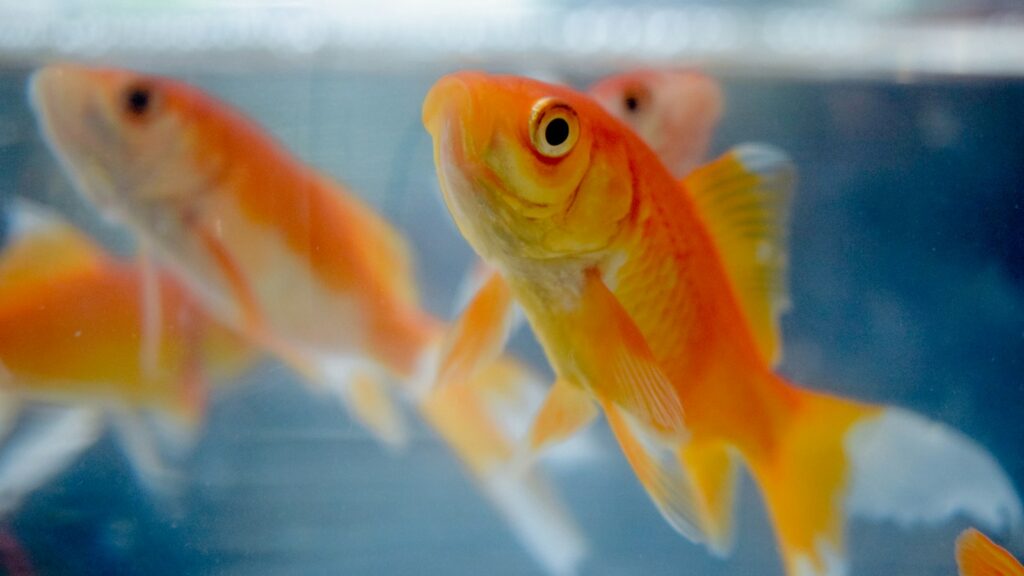
Contrary to the misconception that goldfish are boring or common, fancy goldfish varieties represent centuries of selective breeding resulting in some of the most distinctive freshwater fish available. Varieties like the celestial-eyed goldfish with upturned eyes, the bubble-eyed goldfish with fluid-filled sacs beneath their eyes, and the ornate ryukin with its pronounced hump create unique silhouettes unlike any other aquarium fish. Their coloration ranges from classic orange and red to calico patterns, deep blacks, and pearlescent whites, sometimes changing as they mature. Though they require larger tanks than most people realize (at least 20-30 gallons for a single fancy goldfish), these cold-water fish don’t need heaters and can live for decades with proper care. Their gentle, food-motivated personalities make them interactive pets that recognize their owners and can even be trained to perform simple behaviors like swimming through hoops.
Guppies (Poecilia reticulata)
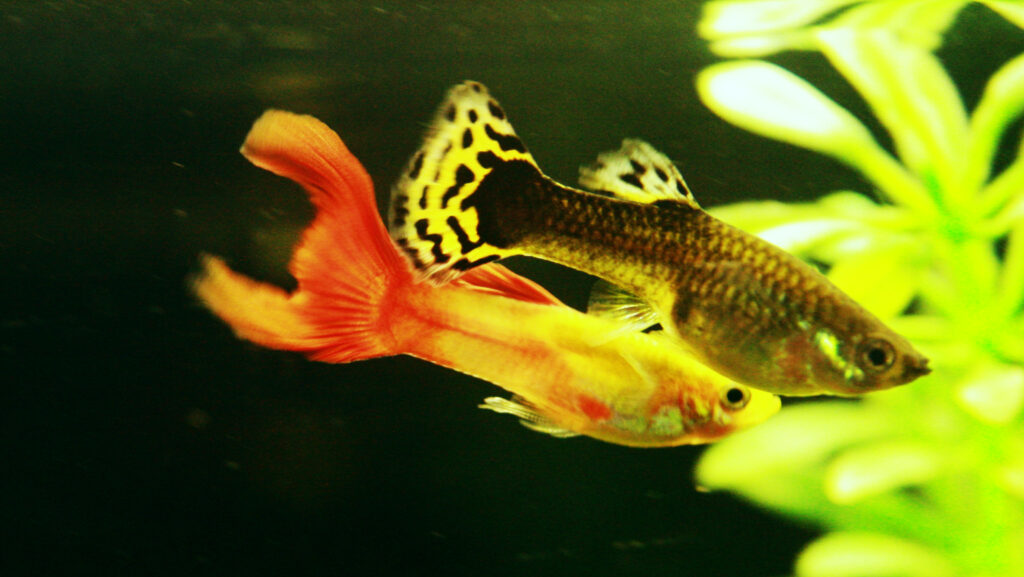
Sometimes called “million fish” for their prolific breeding, guppies combine ease of care with a dazzling array of colors that make them perfect for beginners and experienced aquarists alike. Males display spectacular tails that can reach half the length of their bodies, with patterns ranging from solid colors to tuxedo, snakeskin, mosaic, and grass patterns in virtually every color imaginable. Their compact size (rarely exceeding 2.5 inches) allows them to thrive in tanks as small as 10 gallons, where they actively swim in the middle and upper water levels, creating constant movement. Guppies are remarkably adaptable to various water conditions, though they prefer temperatures between 72-82°F and slightly alkaline water. Their peaceful nature makes them excellent community fish, while their livebearing reproduction (giving birth to live young rather than laying eggs) provides fascinating opportunities to observe their life cycle as tiny replicas of adults appear in well-planted tanks.
German Blue Rams (Mikrogeophagus ramirezi)
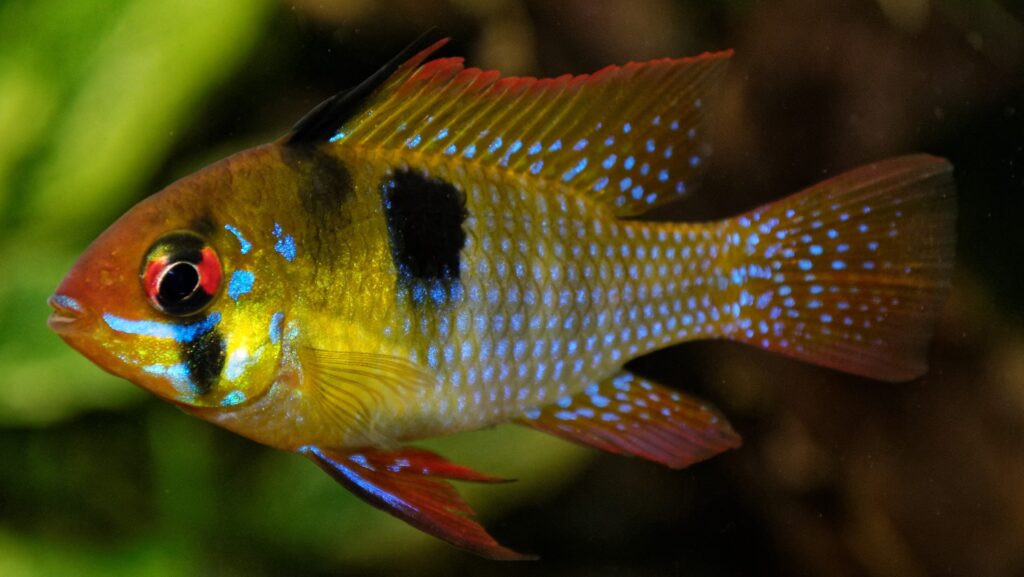
These dwarf cichlids pack extraordinary beauty into a small package, with electric blue scales accented by golden highlights and distinctive black markings that include a signature spot on their sides. Their triangular-shaped bodies topped with extended dorsal fins create an elegant profile, while their expressive red eyes seem to observe everything happening in the aquarium with intelligence and curiosity. Unlike many cichlids that grow large and aggressive, German Blue Rams typically reach only 2-3 inches and maintain relatively peaceful temperaments, making them suitable for community tanks with similarly sized, non-aggressive species. They prefer warm waters between 78-85°F with slightly acidic conditions and appreciate planted tanks with open swimming areas and caves for retreat. Their fascinating courtship and breeding behavior, where pairs form strong bonds and work together to care for their young, provides an additional dimension to keeping these stunning fish.
Killifish (Aphyosemion, Nothobranchius, and others)
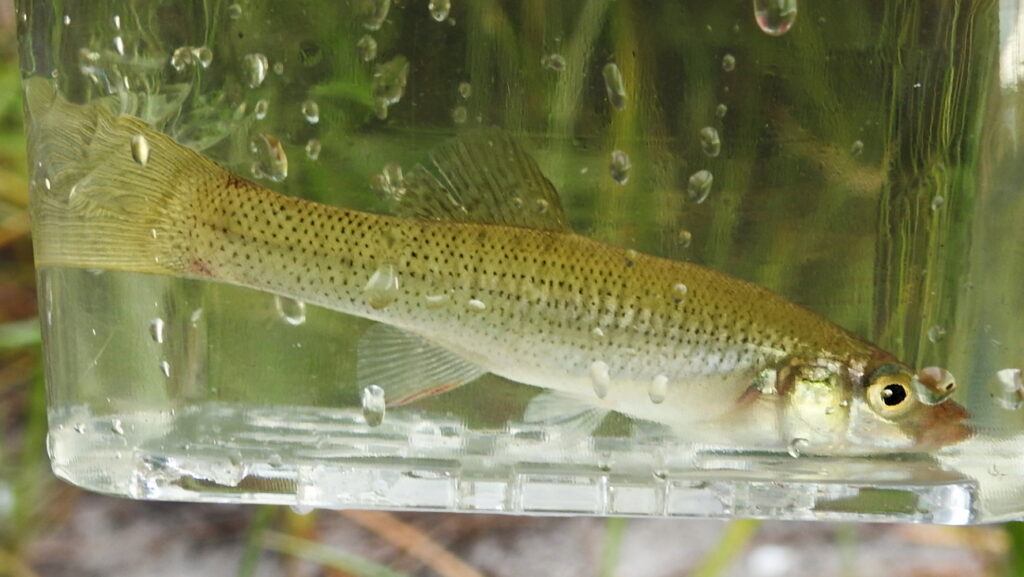
Killifish represent some of the most colorful yet underappreciated jewels in the freshwater aquarium hobby, with patterns and color combinations that rival many saltwater species. Their horizontal, torpedo-shaped bodies serve as canvases for intricate patterns of dots, stripes, and spots in electric blues, fiery reds, golden yellows, and emerald greens that seem almost unnaturally vibrant. Many species display dramatic sexual dimorphism, with males being significantly more colorful than females, particularly during courtship displays when their colors intensify even further. Most killifish species remain small (1-4 inches) and thrive in species-specific tanks or carefully selected communities with similar water requirements. Fascinating adaptations, like the ability of some annual species to lay drought-resistant eggs that can survive dry seasons, make these fish biologically remarkable as well as beautiful. Their active, surface-oriented swimming behavior makes them particularly visible in aquariums, though they are skilled jumpers requiring secure lids.
Angelfish (Pterophyllum scalare)

With their distinctive triangular silhouettes and graceful movements, freshwater angelfish bring elegance and presence to larger aquariums unlike any other species. Their laterally compressed bodies can reach heights of 6 inches or more, adorned with patterns ranging from classic silver with black vertical stripes to marble, koi, gold, and even striking black varieties with varying degrees of iridescence that shimmers as they move through the water. Long, flowing fins extend their already impressive profile, creating a majestic appearance as they glide slowly through planted tanks. Though they are cichlids, angelfish are generally peaceful except during breeding periods, making them compatible with many similarly sized community fish that won’t nip at their long fins. Their preference for tall tanks with vertical space accommodates their unique shape, while their omnivorous diet makes them undemanding to feed. Angelfish demonstrate interesting behaviors including pair bonding and parental care of their young, adding behavioral interest to their visual appeal.
Dwarf Gouramis (Trichogaster lalius)

These labyrinth fish combine vibrant coloration with a manageable size and fascinating behavior, making them excellent centerpiece fish for smaller community tanks. Males display intense blue or red bodies crossed with vertical orange or red stripes that create a striking contrast, while their pointed dorsal and anal fins extend their profile elegantly as they swim. Like bettas, gouramis possess labyrinth organs that allow them to breathe atmospheric air, occasionally visiting the surface to take gulps that supplement their gill respiration. Their modest adult size of around 3.5 inches makes them suitable for tanks as small as 15 gallons, where they primarily occupy the middle water column. One of their most fascinating behaviors is their bubble nest construction, where males gather saliva-coated bubbles at the water surface to create floating nests for potential offspring. Their generally peaceful nature makes them compatible with many community fish, though males may show territorial behavior toward each other.
Peacock Gudgeons (Tateurndina ocellicauda)
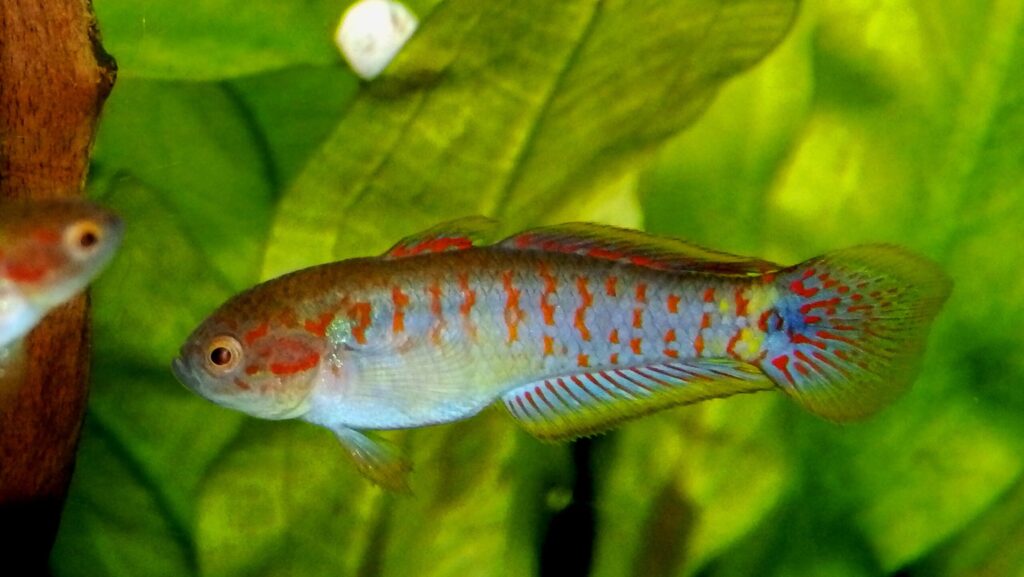
These Australian native fish represent hidden gems in the aquarium hobby, with spectacular coloration packed into a small, peaceful package perfect for nano tanks. Males display vibrant blue-green bodies highlighted with red fins, a distinctive ocellus (eyespot) on their dorsal fin, and checkerboard patterns on their flanks that intensify during breeding. At a maximum size of just 2.5 inches, these small fish create minimal bioload while providing maximum visual impact, especially when kept in small groups where their social interactions can be observed. Peacock gudgeons prefer densely planted tanks with hiding spots and subdued lighting, which makes them feel secure enough to display their best colors. Their bottom-dwelling nature makes them compatible with species that occupy other water levels, creating visual interest throughout the aquarium. During breeding, males guard eggs laid in caves or hollow ornaments, showing fascinating parental behavior uncommon in many aquarium species.
Apistogramma Species
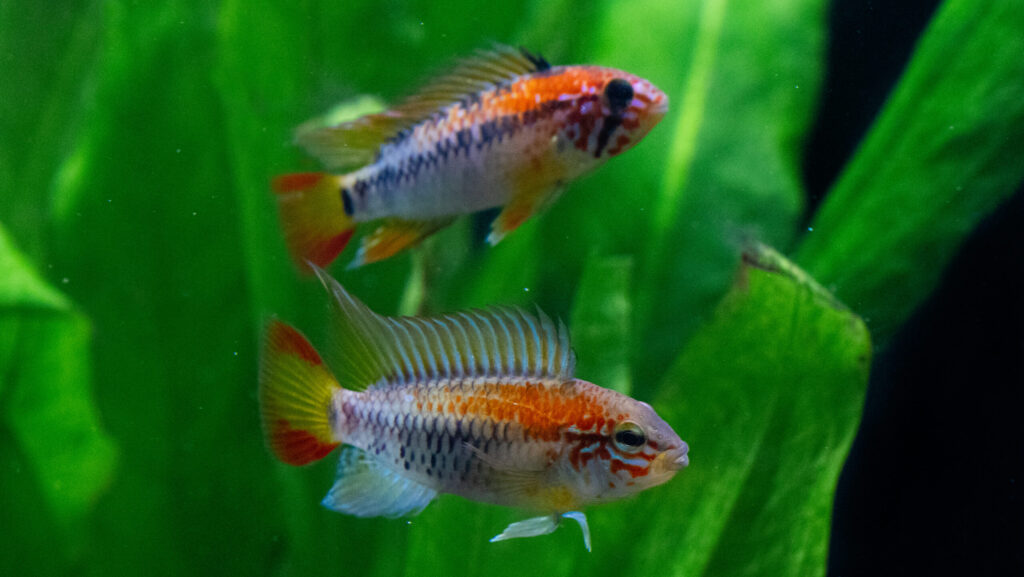
These South American dwarf cichlids combine compact size with spectacular coloration and fascinating behavior, making them ideal specimens for species-specific or carefully planned community tanks. Species like Apistogramma cacatuoides (cockatoo dwarf cichlid) exhibit striking sexual dimorphism, with males displaying elongated dorsal fins and intense yellow, orange, or red coloration contrasting with black markings, while females show more subdued yellows with black spots that intensify during breeding. Most Apistogramma species remain under 3 inches, allowing them to thrive in tanks as small as 20 gallons when properly set up with territories defined by plants, driftwood, and caves. Their intelligence is remarkable for fish of their size, with individuals recognizing their keepers and demonstrating complex social hierarchies and breeding behaviors. Female Apistogramma are particularly known for their devoted maternal care, fiercely guarding their fry against much larger fish, creating fascinating behavioral displays in the aquarium.
Rainbowfish (Melanotaenia, Glossolepis, and others)
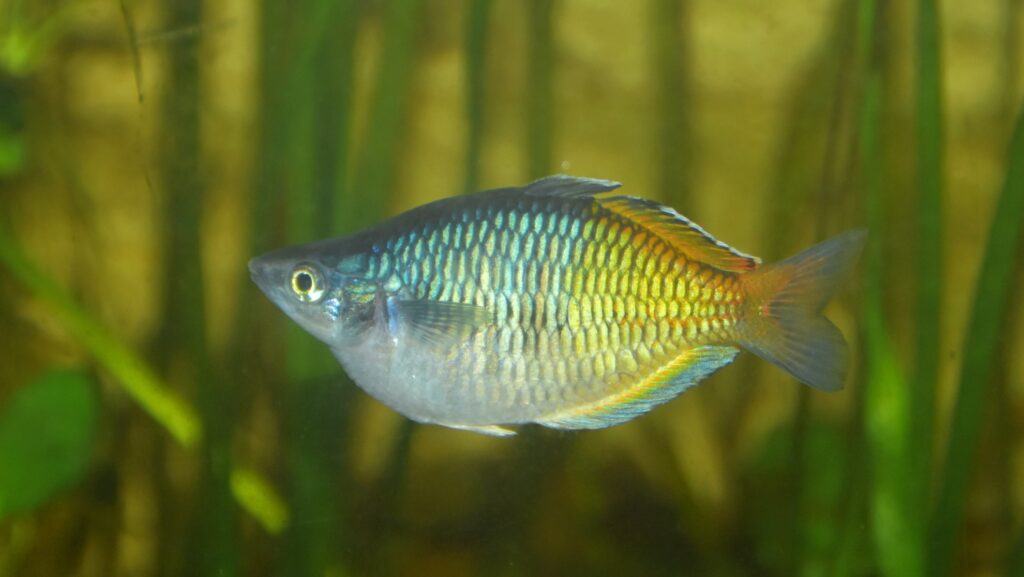
Named for their spectacular iridescence that shifts with viewing angle and lighting conditions, rainbowfish represent some of the most dynamically colorful fish for larger community tanks. Species like the Boeseman’s Rainbowfish (Melanotaenia boesemani) display dramatic color gradients from electric blue fronts to brilliant orange or red rear portions, while others show shimmering silver bodies overlaid with iridescent blue, green, or red highlights that constantly change as the fish move. Unlike many colorful species that show their best colors immediately, rainbowfish develop their most intense coloration as they mature, with adult males at 3-4 years old showing dramatically more vivid colors than juveniles. Their active, schooling nature makes them ideal for display in groups of six or more in tanks of 30 gallons or larger, where they primarily occupy the upper and middle water levels. Their peaceful temperament makes them compatible with many community species, while their hardiness and adaptability to various water parameters make them relatively forgiving for intermediate aquarists.
Bolivian Rams (Mikrogeophagus altispinosus)
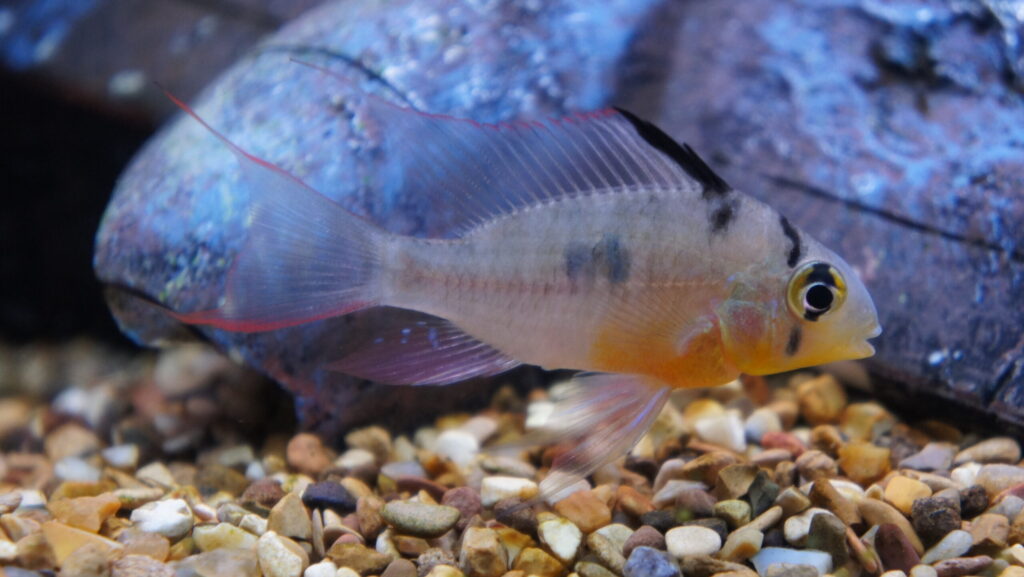
Often overshadowed by their more brilliantly colored cousin, the German Blue Ram, Bolivian Rams offer a subtler beauty with greater hardiness that makes them ideal for community tanks. Their bodies display a gorgeous combination of golden-tan base colors highlighted with red-orange accents on their fins, blue iridescence on their gill plates, and distinctive black markings, including a spot on their flank. At a mature size of approximately 3 inches, they provide substantial presence without requiring the massive tanks needed for larger cichlids. Bolivian Rams demonstrate fascinating social behaviors, forming pair bonds and establishing territories that they defend with elaborate fin displays rather than aggressive attacks, making them compatible with many community fish. Their habit of sifting through substrate while looking for food creates charming behavior to observe, while their relatively undemanding nature regarding water parameters (though they prefer clean, warm water) makes them accessible to intermediate aquarists. Unlike many cichlids, their gentle demeanor allows them to be kept with smaller, peaceful species in community settings.
Creating the Ideal Environment for Beautiful Freshwater Fish

The vibrant colors and healthy behaviors of beautiful aquarium fish directly correlate with their environmental conditions, making proper tank setup essential for showcasing their full potential. Appropriate lighting plays a crucial role in highlighting fish coloration, with full-spectrum LED lighting that can be adjusted in intensity, allowing colors to pop without causing stress or encouraging excess algae growth. Water quality remains the foundation of healthy, colorful fish, with regular testing and maintenance of appropriate parameters specific to each species ensuring their stress levels remain low and their immune systems strong. Thoughtful aquascaping with plants, driftwood, and carefully selected substrate not only creates a natural-looking environment but also provides security that encourages fish to display their best colors rather than hiding in fear. Perhaps most importantly, compatible tankmates prevent nipped fins or stress-induced color fading, with research into each species’ temperament and requirements being essential before combining different beautiful species in community settings.
The diversity of beautiful freshwater fish available to home aquarists demonstrates that you don’t need a complex saltwater setup to enjoy stunning aquatic displays. From the flamboyant bettas to the majestic angelfish, these species bring color, movement, and life to our homes while creating fascinating miniature ecosystems. The key to success with these beautiful creatures lies in understanding and meeting their specific needs, rather than selecting them based solely on appearance. With proper research, appropriate tank setups, and consistent care, these gorgeous freshwater species reward aquarists with vibrant colors, natural behaviors, and the special satisfaction that comes from creating environments where living jewels can truly thrive. Whether you’re drawn to the proud display of a male betta, the graceful movement of discus, or the shimmering scales of rainbowfish, there’s a beautiful freshwater species waiting to become the centerpiece of your aquatic display.

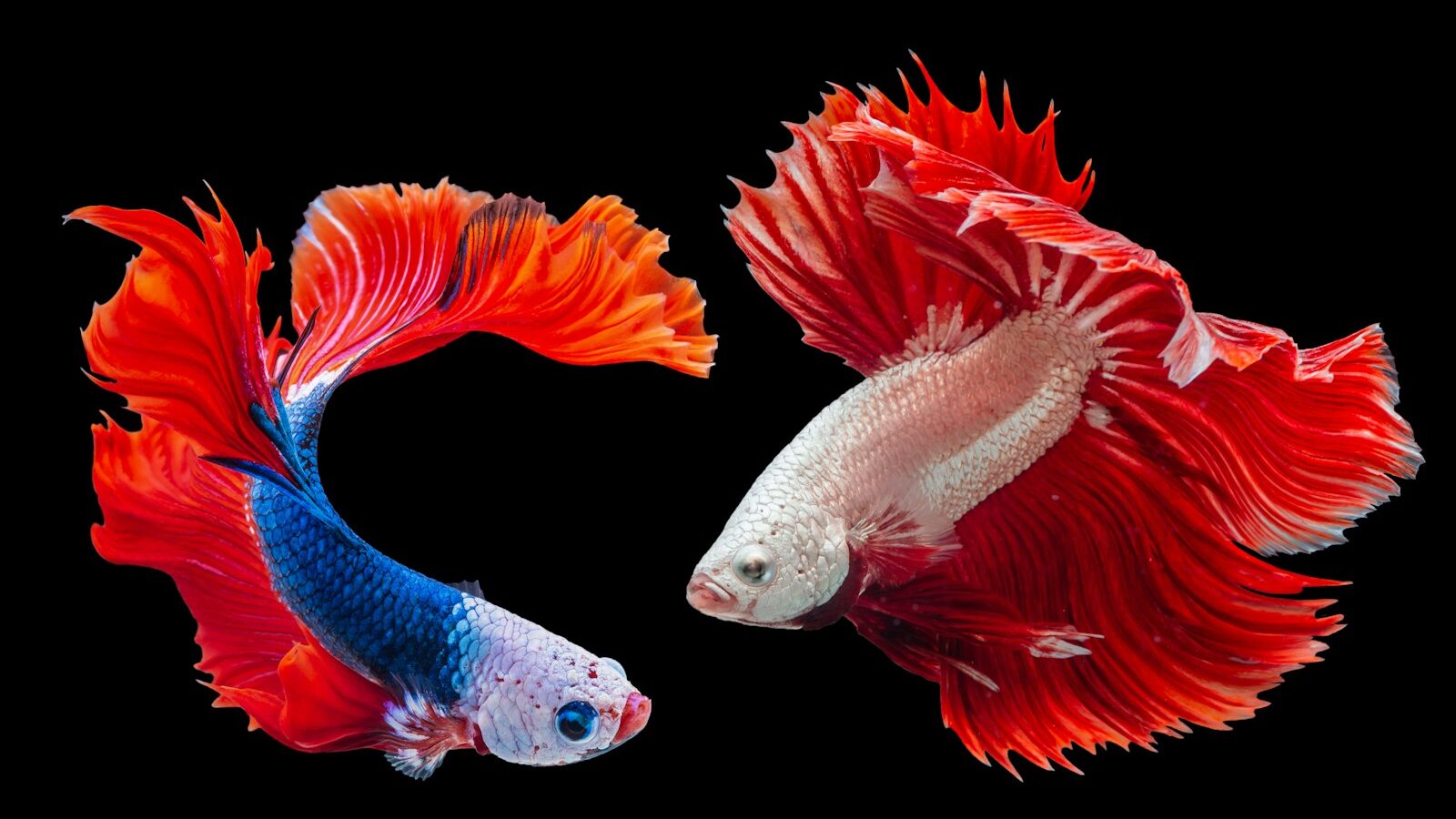
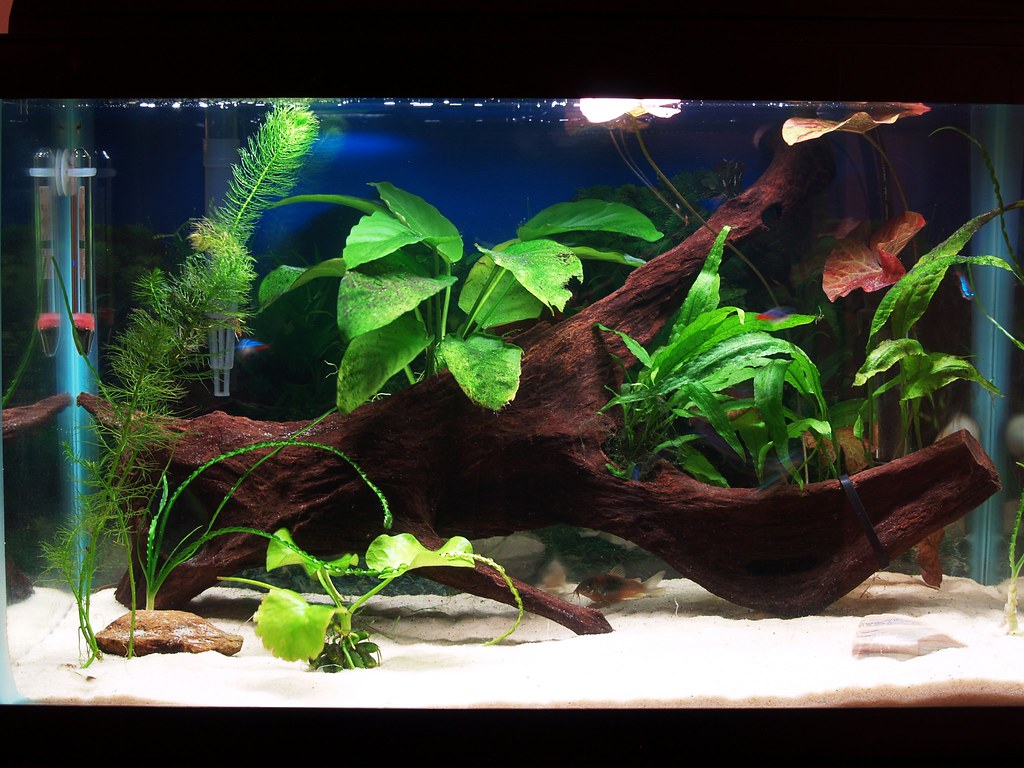
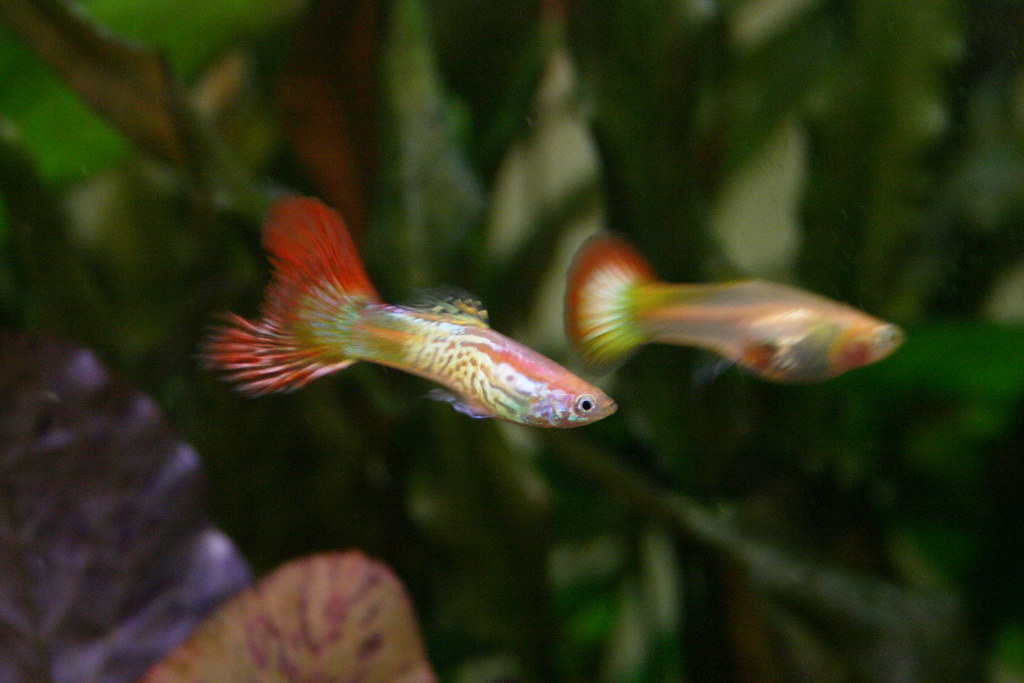


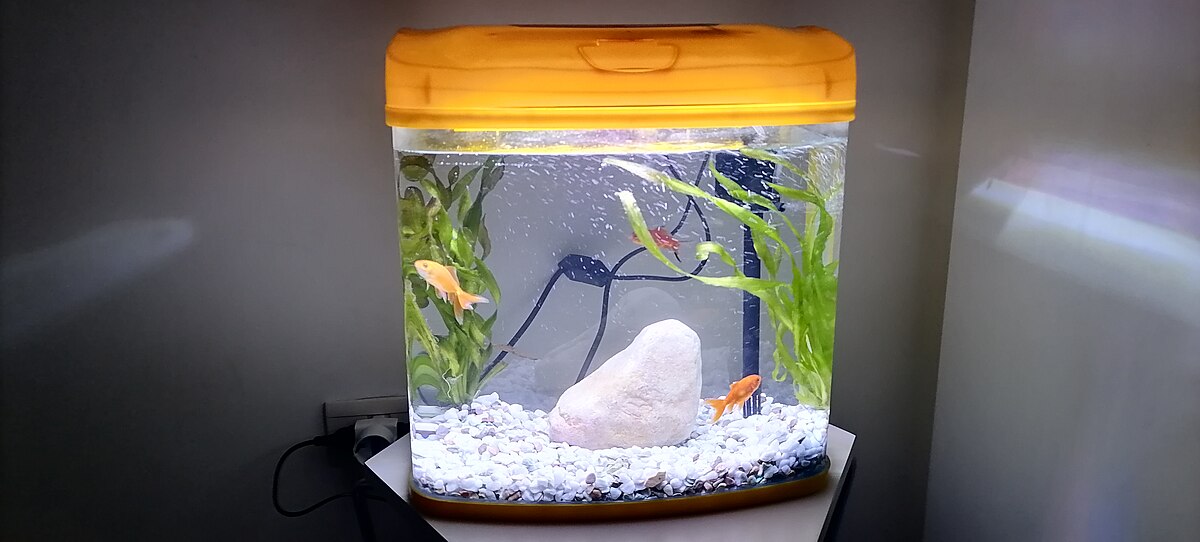
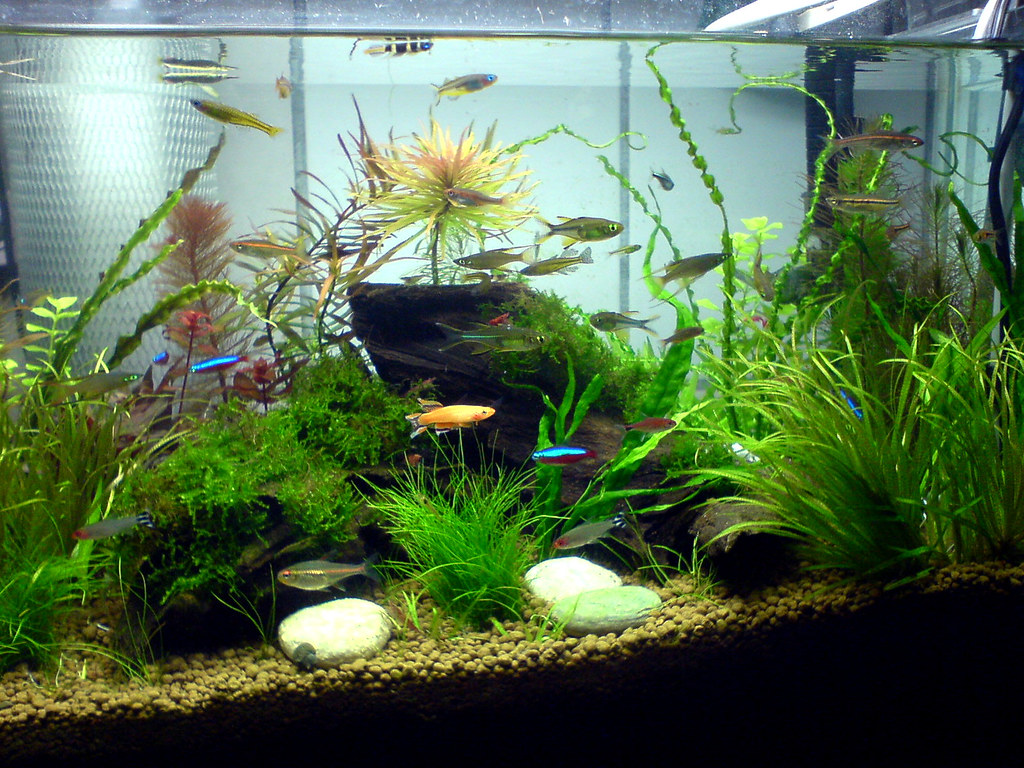
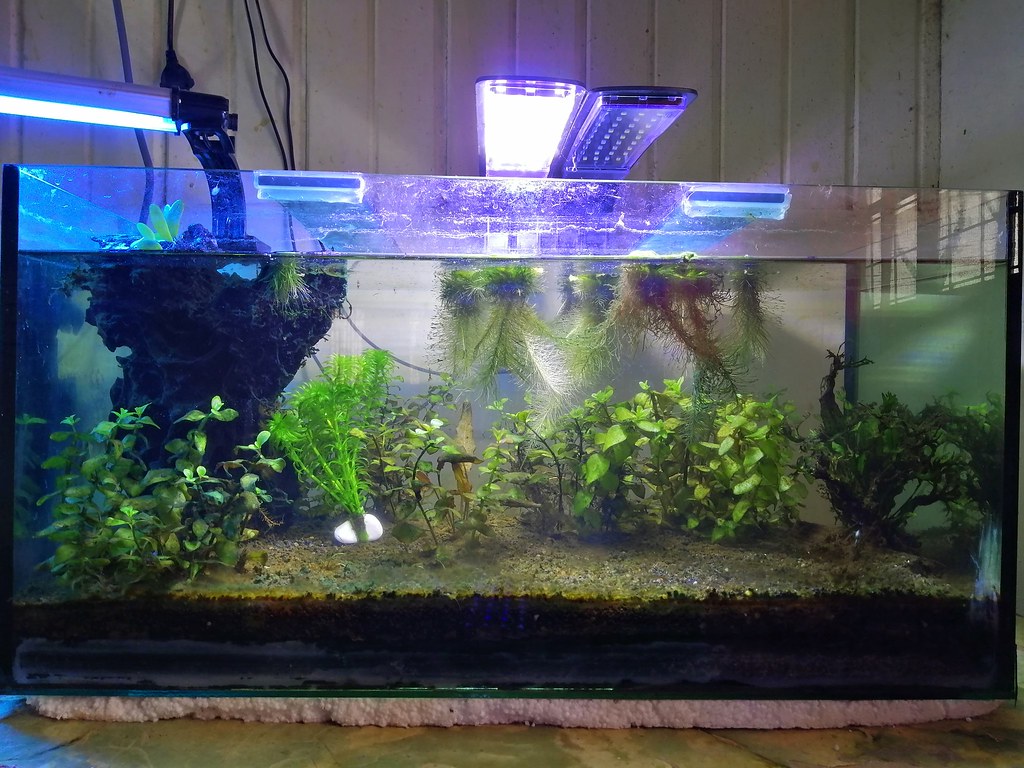
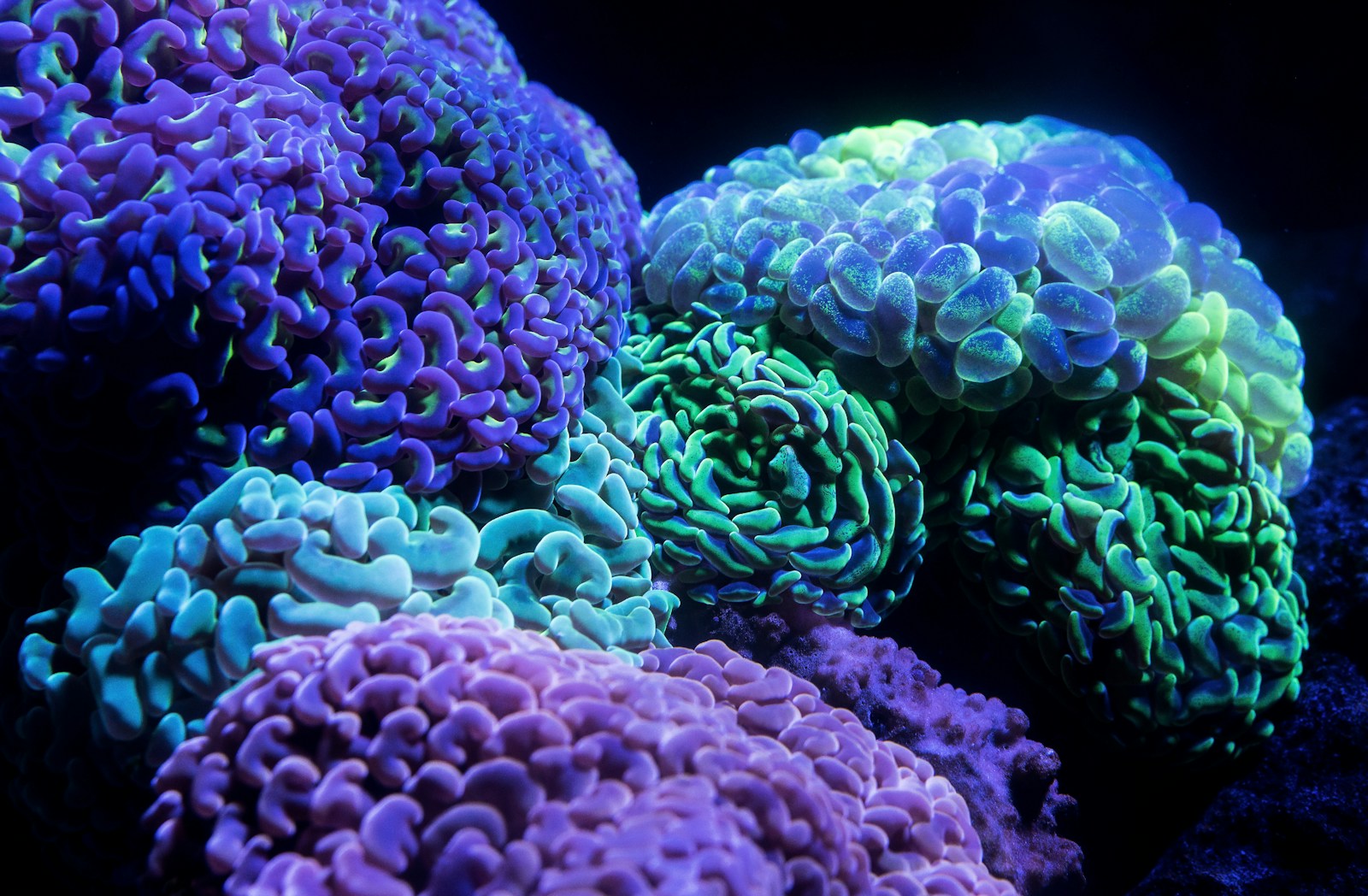

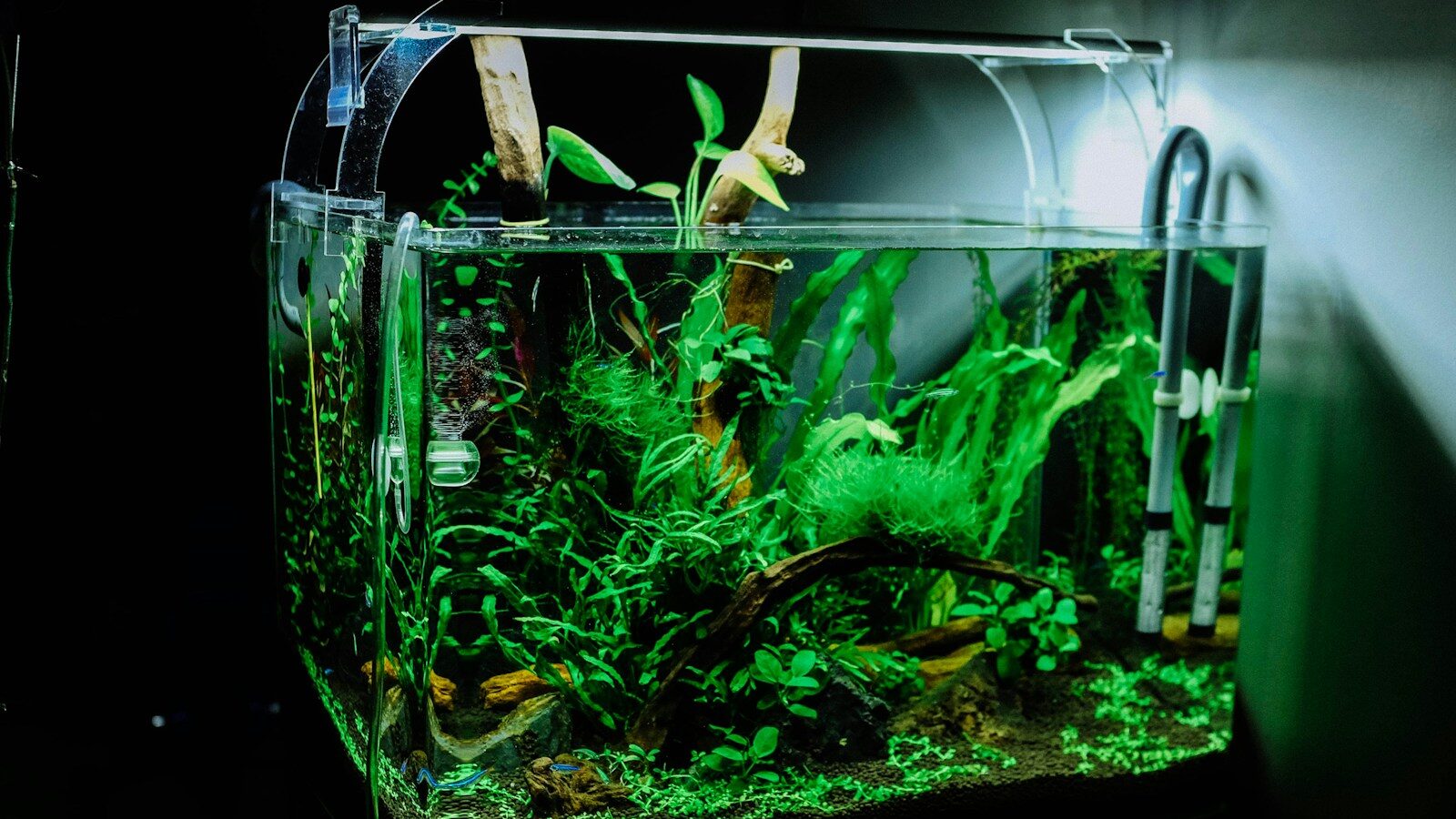




Leave a Reply